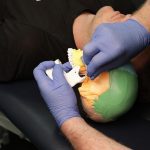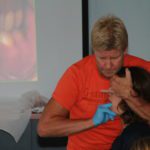“The future has a habit of suddenly and dramatically becoming the present.” – Roger A. Babson
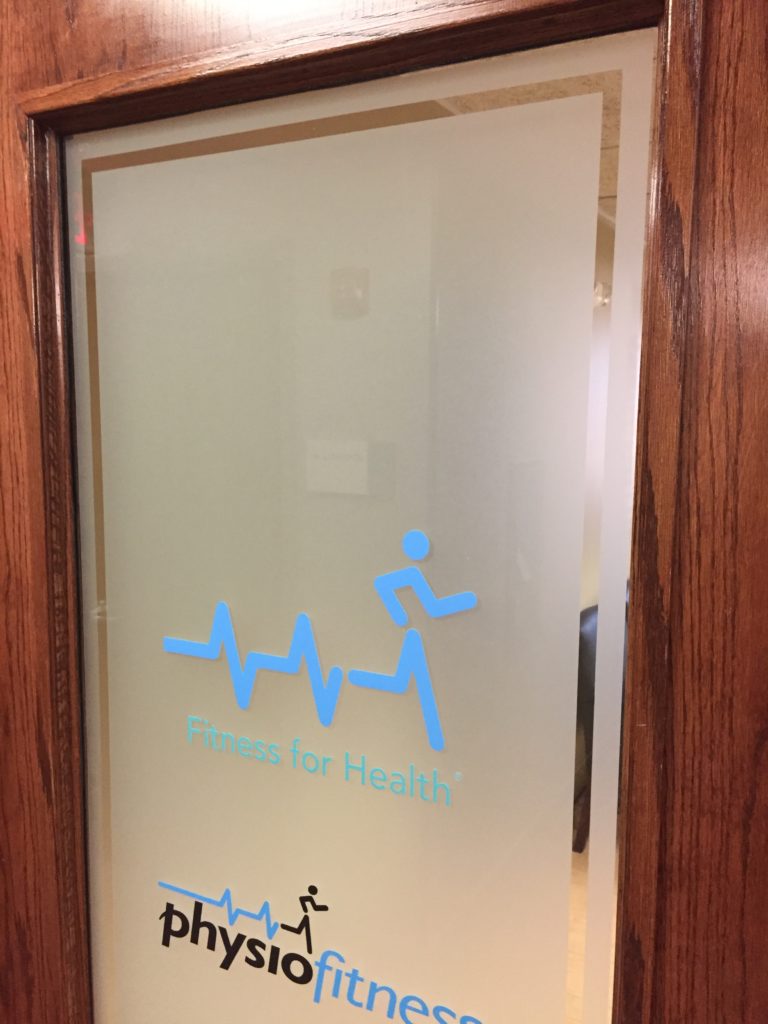 During the COVID-19 outbreak, many physical therapy offices have closed the doors to direct hands-on patient care or switched to offering telehealth PT services only. While telehealth PT is quite common in more rural areas to accommodate the long distances between physical therapists and patients, for many physical therapists, it is a significant adjustment to how physical therapy is delivered. Interestingly, although telehealth cannot replace more traditional physical therapy, telehealth services may offer more flexibility and may also be more cost-effective. In 2016, the American Physical Therapy Association established the Frontiers in Rehabilitation, Science, and Technology (FIRST) Council to create a community for stakeholders interested in telehealth and other specific areas, such as genetics in physical therapy, sensors and robotics, imaging, and regenerative rehabilitation. Four years later, there are still many unresolved issues with telehealth PT, such as reimbursement issues, questions about seeing patients in other states, and consent procedures that need to be addressed. In this blog, however, we will explore what physical therapists may offer during telehealth sessions.
During the COVID-19 outbreak, many physical therapy offices have closed the doors to direct hands-on patient care or switched to offering telehealth PT services only. While telehealth PT is quite common in more rural areas to accommodate the long distances between physical therapists and patients, for many physical therapists, it is a significant adjustment to how physical therapy is delivered. Interestingly, although telehealth cannot replace more traditional physical therapy, telehealth services may offer more flexibility and may also be more cost-effective. In 2016, the American Physical Therapy Association established the Frontiers in Rehabilitation, Science, and Technology (FIRST) Council to create a community for stakeholders interested in telehealth and other specific areas, such as genetics in physical therapy, sensors and robotics, imaging, and regenerative rehabilitation. Four years later, there are still many unresolved issues with telehealth PT, such as reimbursement issues, questions about seeing patients in other states, and consent procedures that need to be addressed. In this blog, however, we will explore what physical therapists may offer during telehealth sessions.
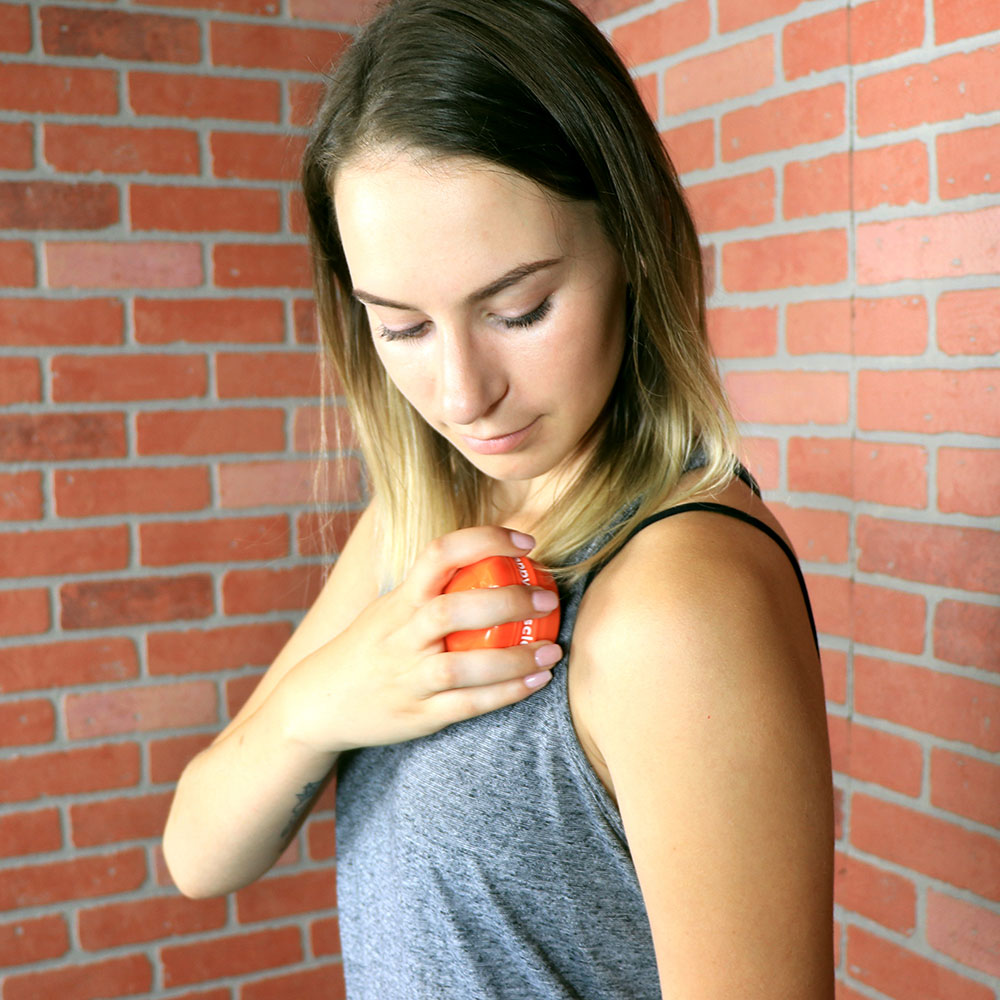 Physical therapists can conduct initial evaluations and subsequent treatments in a wide range of physical therapy specialties. Telehealth is being used in orthopedics, pain management, pediatrics, home care, cardiology, geriatrics, neurological PT, and wound care, among others. It is a great medium to monitor patients remotely and help and direct patients with strengthening, balance, and flexibility exercises. Physical therapists may recommend that patients have easy to use self-treatment tools, such as hand massagers, foam rollers, and massage balls, which are conveniently available at the Myopain Seminars website.
Physical therapists can conduct initial evaluations and subsequent treatments in a wide range of physical therapy specialties. Telehealth is being used in orthopedics, pain management, pediatrics, home care, cardiology, geriatrics, neurological PT, and wound care, among others. It is a great medium to monitor patients remotely and help and direct patients with strengthening, balance, and flexibility exercises. Physical therapists may recommend that patients have easy to use self-treatment tools, such as hand massagers, foam rollers, and massage balls, which are conveniently available at the Myopain Seminars website.
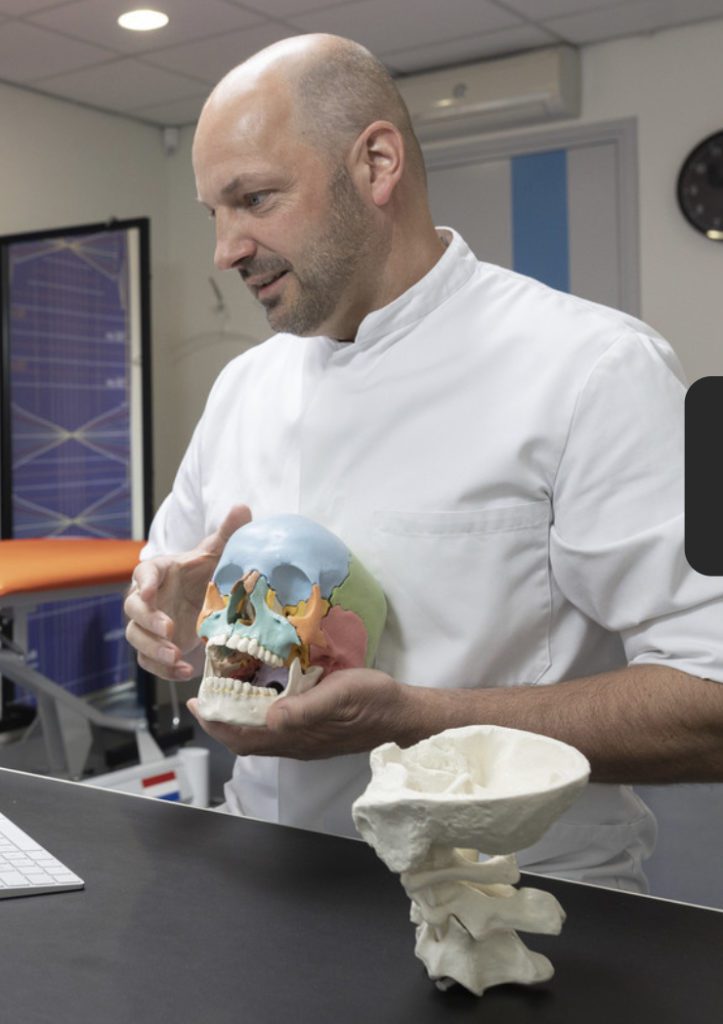 In other countries, physical therapists are also starting to offer virtual physical therapy. In the Netherlands, for example, CRAFTA® instructor Michiel Trouw was featured in a newspaper article discussing the merits of telehealth PT: “Physiotherapy via video connection: “This is the new reality.” In the article, Michiel explains that “….. this is indeed the new reality. Treating a patient with neck pain via an electronic consultation is quite possible. You can ask where the pain is, or the patient can point to the painful area. You can show specific exercises and try them out, but the overall quality is less compared to what I can offer in the clinic.” When particular patients would get worse
In other countries, physical therapists are also starting to offer virtual physical therapy. In the Netherlands, for example, CRAFTA® instructor Michiel Trouw was featured in a newspaper article discussing the merits of telehealth PT: “Physiotherapy via video connection: “This is the new reality.” In the article, Michiel explains that “….. this is indeed the new reality. Treating a patient with neck pain via an electronic consultation is quite possible. You can ask where the pain is, or the patient can point to the painful area. You can show specific exercises and try them out, but the overall quality is less compared to what I can offer in the clinic.” When particular patients would get worse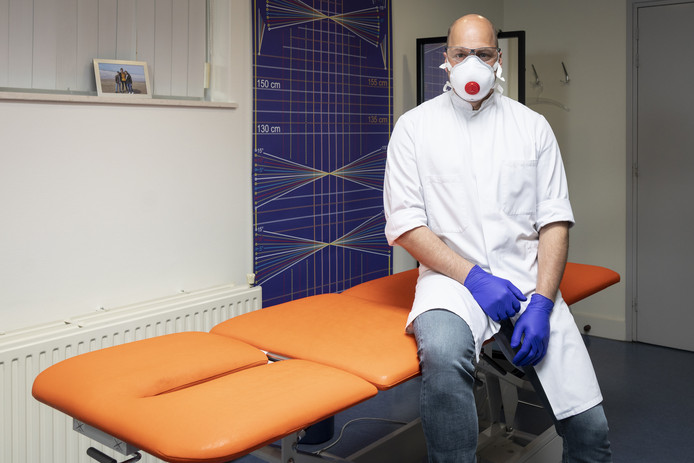 without in-person physical therapy, Trouw can see them in his clinic wearing protective clothing, gloves, and a face mask. For elderly patients experiencing challenges with online technology, Michiel offers telephone consultations. Even with providing telehealth PT, only about 10% of patients take advantage of the new technology, or the intervention may not be suitable to their specific needs.
without in-person physical therapy, Trouw can see them in his clinic wearing protective clothing, gloves, and a face mask. For elderly patients experiencing challenges with online technology, Michiel offers telephone consultations. Even with providing telehealth PT, only about 10% of patients take advantage of the new technology, or the intervention may not be suitable to their specific needs.
For patients with persistent pain, physical therapists can use telehealth PT for therapeutic neuroscience education, assist patients in altering their perception of pain, and provide the framework for new paradigms. The Veterans Administration has used telehealth for several years already in several departments. Several corporate clients of Myopain Seminars, such as Athletico and Pivot Physical Therapy, offer telehealth services as does Jan Dommerholt’s Bethesda Physiocare clinic in Bethesda, MD.
Of course, telehealth PT by default does not include manual therapy or dry needling, which can both be a good thing and a limitation. Some physical therapists are convinced that manual therapy, including dry needling, would make patients dependent upon their therapists even though in clinical practice, most manual physical therapists incorporate exercise and neuroscience education as part of their comprehensive therapy approach. The combination of exercise therapy and psychosocial interventions is great for relieving pain and improving function for musculoskeletal pain, and telehealth PT can meet those needs. Telehealth PT can be as effective as in-person PT under the right circumstances. A 2011 study by Russell et al. demonstrated that the results of telehealth PT and rehabilitation following total knee arthroplasty were comparable to in-person physical therapy.
 Dr. Rob Satriano, one of the dry needling instructors with Myopain Seminars and a physical therapist at Bethesda Physiocare in Bethesda, MD, and at his clinic in Baltimore, MD, has offered telehealth PT for several years already. When COVID-19 reached the US, we interviewed Rob about his experiences with virtual physical therapy.
Dr. Rob Satriano, one of the dry needling instructors with Myopain Seminars and a physical therapist at Bethesda Physiocare in Bethesda, MD, and at his clinic in Baltimore, MD, has offered telehealth PT for several years already. When COVID-19 reached the US, we interviewed Rob about his experiences with virtual physical therapy.
Q: Dr. Rob, as a skilled manual therapist who usually performs myofascial work and dry needling, educates patients about pain science education, and gives patients specific exercises, has it been challenging to switch gears into telehealth?
A: Great question, When I began telehealth work about three years ago with patients in Arizona and Nevada, I realized that working with patients in this way can be extremely valuable. Patients need to know how to perform self-treatment, progress exercises, improve ergonomics, engage in relaxation techniques, and generally build confidence. I often explain to patients that their choices, attitudes, and behaviors during the “other 23 hours of the day” (when they are not receiving treatment) determine their outcomes. In telehealth, there is an excellent opportunity to focus on these aspects.
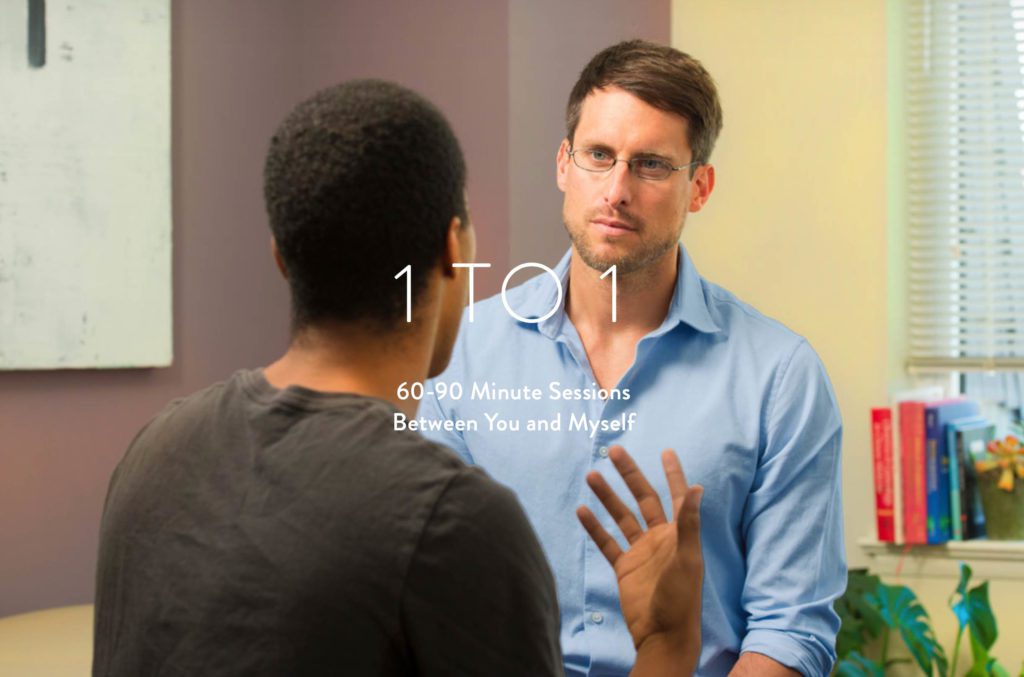 Q: Are there any aspects of telehealth that may be more beneficial than seeing patients in person?
Q: Are there any aspects of telehealth that may be more beneficial than seeing patients in person?
A: Yes. Using telehealth is a great way to learn more about the way patients live, interact, and exercise in their homes. This knowledge greatly enhances my ability to help in very concrete ways. In many cases, ergonomic issues related to workspace and furniture can be identified and addressed quickly. Patients are enthusiastic about devoting a space in their home to exercise and wellness now more than ever. I suspect this and self-care habits will persist even after “normal life” resumes. Telehealth is also proving very convenient for patients to make time in their day without having to stop and come into the office.
Q: Some patients may not be especially good with using technology; how are you navigating these cases?
A: Yes, having the technology working well is paramount during a telehealth session. We use Doxy.me, which is a very straightforward platform. If a patient has an email address and a computer with a camera, all they have to do is click on a link to begin a session. If a patient has trouble, I will schedule a phone call with them and talk them through this process, sometimes involving a spouse or family member. Even for those patients who are okay with technology, it is helpful to make sure there are no other devices in their house that are streaming live TV (like Netflix) during their session, which ensures a better connection.
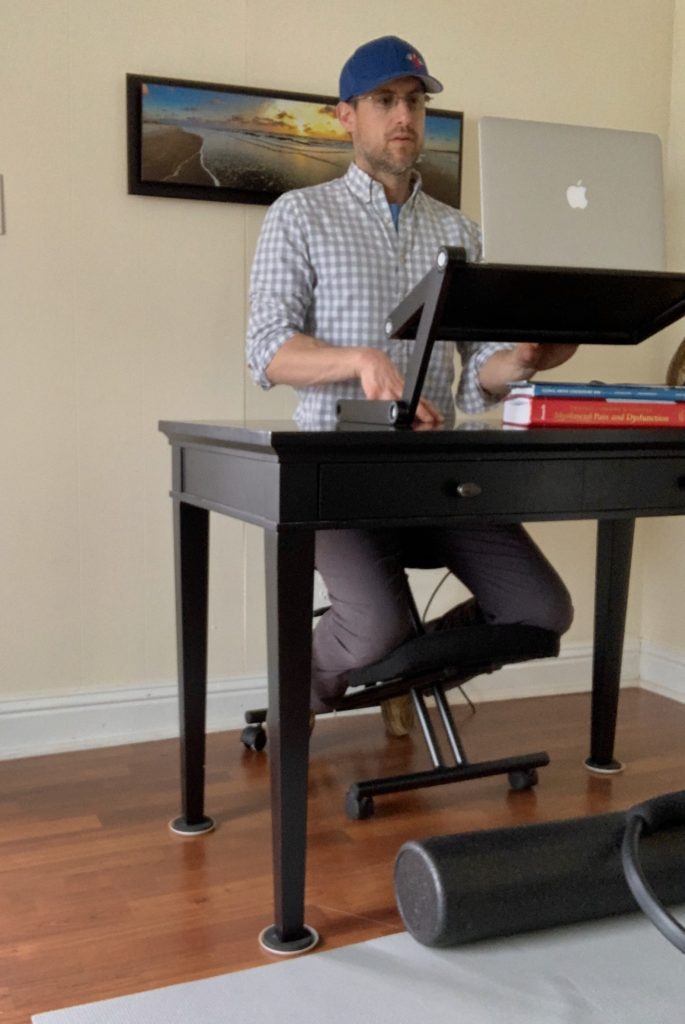 Q: Are your patients understanding their exercises and doing well with telehealth?
Q: Are your patients understanding their exercises and doing well with telehealth?
A: Thus far things are going very well. Obviously, most of us would prefer the personal connection of an office visit, but we are grateful to connect using this platform. So many patients were making great progress and healing from chronic issues prior to COVID-19, and maintaining this momentum is important. Recently, I had a telehealth session with a patient experiencing hip pain with walking up the stairs. As I observed her ascend the stairs, within 30 seconds, I observed a compensation she was doing, and a few minutes later, it was addressed and nearly corrected. Within a few minutes, she reported 75% less pain, despite having a cortisone shot and weekly massages before that point. We agreed on a few specific exercises and sent her videos for clarification.
Q: Dr. Rob, How are you spending your time during the COVID -19 pandemic?
A: I am doing everything I can to make the best of this time and using it as an opportunity for growth. First and foremost, I am staying healthy by getting good sleep, eating lots of healthy, home-cooked meals, exercise, and meditation. It has been enlightening for me to slow down from my busy travel schedule and enjoy being in one place. I now have more time for things I have been neglecting, like writing, photography, reading, online courses, and meditation. I have been making lots of outdoor fires in my fire pit and taking long walks. I am excited for the weather to warm up so I can take the paddleboard out. Through technology, I have been connecting with friends and family more than ever. Because I am now in front of my computer more than ever, I take breaks diligently and disconnect as much as possible.
Q: Thanks Rob for taking the time to sit down virtually and provide this interview.
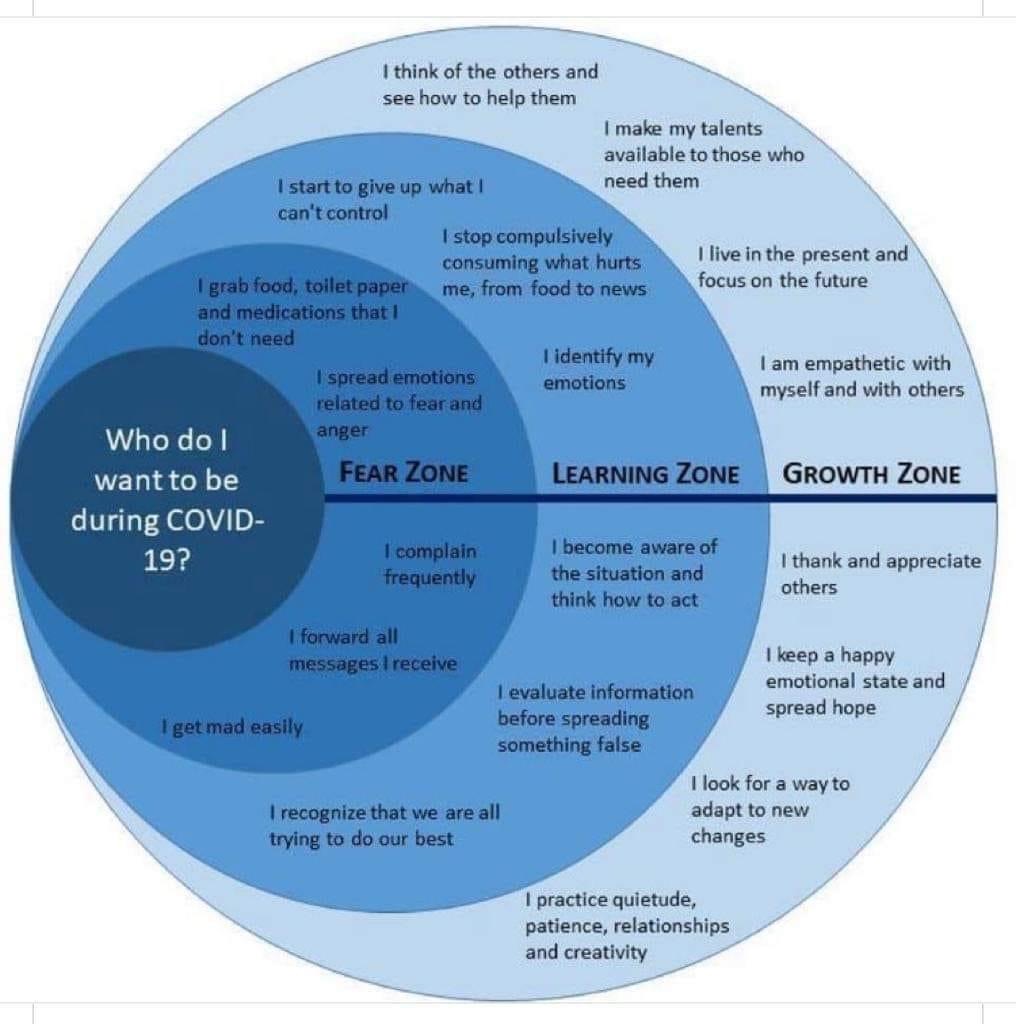
One of the potential positive outcomes of the COVID-19 pandemic is that perhaps telehealth PT is here to stay. The experience of most of our patients has been very positive, and maybe this is a modality physical therapists and other healthcare providers should have explored sooner.
